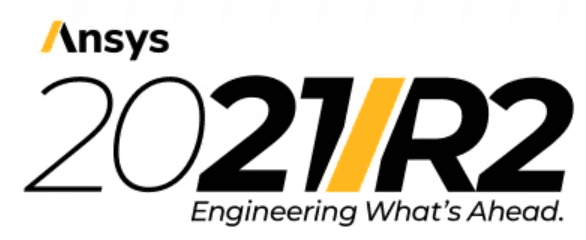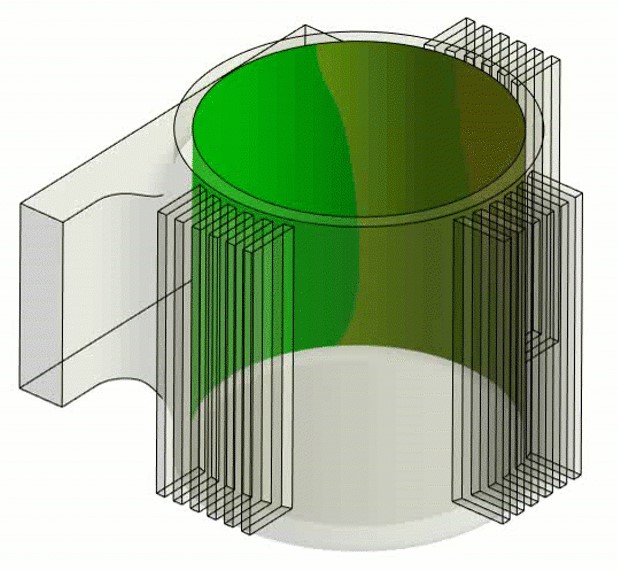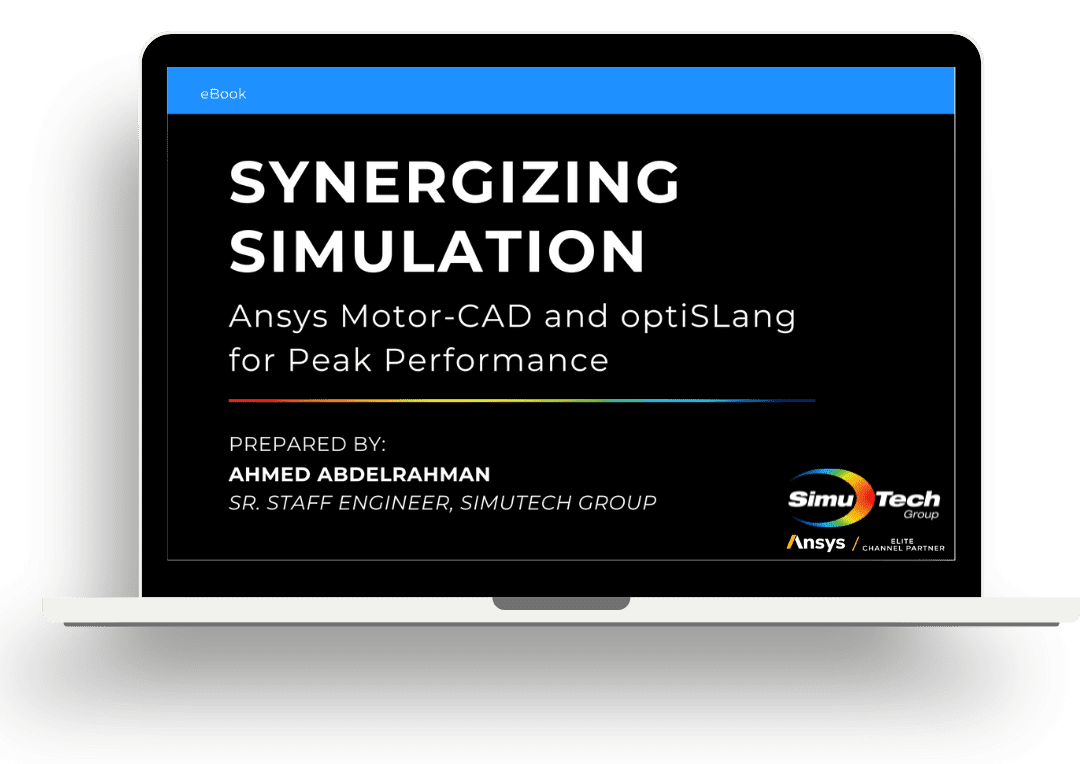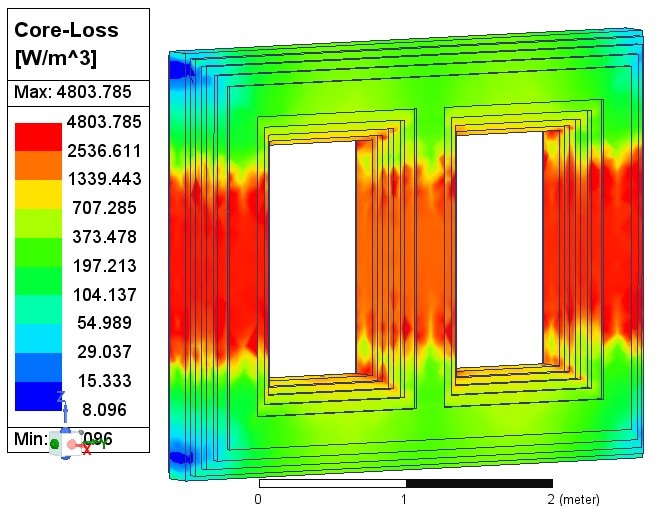
With the launch of Ansys 2021 R2 Software Updates, significant upgrades have been made to Ansys’ next-generation engineering software, High-performance Computing (HPC) resources, and platform solutions to power team-wide global collaboration and information sharing.
Ansys 2021 R2 Upgrades | Introduction
Engineering teams are facing more demanding challenges than ever before. Teams are tasked with solving complex designs and meeting demanding product development schedules, all while working remotely due to COVID-19 precautions.
Ansys 2021 R2 helps engineering teams accelerate innovation in any environment and creates cutting-edge designs by harnessing new workflows and dynamic capabilities across Ansys’ flagship suites.
New Ansys R2 Cloud™ Enhancmenets
Updates in Ansys® Cloud™ offerings, such as virtual desktop infrastructure support, unites Ansys’ flagship simulation solutions with highly scalable compute power delivered by cloud-based HPC.
Platform solutions enhanced with powerful workflows deliver a streamlined user experience with enhanced functionality for data and configuration management, dependencies visualization and decision support, as well as user-friendly workflows for process integration and design optimization, and materials management.
Ansys Digital Twin Technology | Predictive Maintenance Upgrades
Ansys’ digital twin solutions enable remote monitoring of assets and are a critical component for predictive maintenance.
Collectively, these resources will help users generate larger, more complex designs easier and faster than ever, increase productivity, spur development of high-quality products and expedite time to market.
Ansys Updates Relating to Regulatory Provisions | Safety of the Intended Functionality (SOTIF)
Ansys 2021 R2 Software Updates improves deployment, scalability, and performance of AI-based perception software testing through multi-GPU parallelization, making it easy to systematically identify hazards and comply with new safety standards like Safety of the Intended Functionality (SOTIF).
In support of automotive electrification, a new thermal and vibrational analysis coupled with Ansys’ electromagnetic field simulation software will help predict reliability and noise, vibration and harshness. Additionally, modeling thermal behavior of batteries during all stages of the design cycle has been made easier by using a streamlined workflow and new capabilities that simulate the important effects of capacity fade and cell life.
To learn more about this release check out some of Ansys’ upcoming webinars or contact us.
SPECIFIC UPDATES ON EACH OF ANSYS’ PRODUCT SUITES:
Plus a Sneak Peek on Ansys 2022 R2 Software Updates
3D DESIGN: MOVING FORWARD WITH PRODUCT DESIGN
- Ansys Discovery combines instant high-fidelity simulation with geometry modeling resulting in a simple and intuitive user experience
- Review the integrity of your designs in real-time as you interact with your model
- Updates to Ansys SpaceClaim
- Block recording
- Import modified CAD geometries bidirectionally
- Create complex sketches with constraint-based sketching
- Automated geometry reconstruction with autoskinning of topology optimization from the flagship product Ansys Mechanical’
- Add your own material parameters to study trends and identify new materials that account for variations in internal inputs such as penetration depth or absorptivity
- Ansys Additive Print now uses MAPDL as the solver for directional cutoff
- Users are now able to import EOS machine build files into Additive Print
- Additive Print is now enabled to include automatic collision checks for areas that are part-free, includes multiple supports on a single part area, and enables users to export CLI files
ELECTROMAGNETICS
- Ansys HFSS updates
- Now automatically computes 5G equipment biocompatibility
- Array antennas now have an enhanced HPC 3D Component DDM solver
- Ansys EMA3D Cable now allows for platform-level EMI/EMC harness analysis
- Ansys SIwave
- Now auto-reports SI metrics and creates algorithmic models to validate system performance for IC vendor selections
- Ansys Maxwell
- Now leverages electric motor cyclic repeatability using slice-only solving within repeated non-planar radial boundary conditions
- Ansys Icepak
- Now supports dynamic thermal management allowing for auto-throttle active device characteristics based on system temperatures
- Ansys Lumerical
- Now allows for process-enabled custom design, enhanced statistical support, and has enhanced CML Compiler usability to provide an extended library of Photonic Verilog-A models.
FLUIDS
- Ansys Fluent
- Improved workflow for battery simulations for CHT set up in a single panel
- Now accepts FMUs for ECMs allowing for increased electrical performance input
- New battery capacity fade model now predicts discharge time at high discharge rates and allows for battery capacity reduction prediction from calendar and cycle life based on the new aging model
- GEKO turbulence is now used for the free shape optimization (adjoint) solver
- Enhanced multiphase regime transition offering with generalized two-phase (GENTOP) model
- Ansys CFX
- Transient blade row results accelerated through GPU animations
MATERIALS
- GRANTA
- More materials data for several Ansys solvers including Ansys Discovery Live, Ansys Fluent, Ansys Mechanical, and Ansys Electronics Desktop
- Materials data management now integrates with Creo design tools (Ansys GRANTA MI Pro)
- Enhanced and unified user interface for improved usability
- Improved integration to Ansys Minerva and other enterprise level systems
OPTICAL
- Ansys SPEOS
- Enhanced accurate camera models allow for an improved camera simulation experience
- Latest release of SPEOS Live Preview enables faster simulation when using light sources allowing for close to real-time review, all with increased accuracy
- Optimized Guided User Interface (GUI) for a 4X faster simulation set up
PLATFORM
- Ansys Cloud
- Virtual Desktop Infrastructure (VDI) allows for complete cloud-based workflows for Ansys Mechanical, Ansys Fluent, and Ansys Electronics Desktop
- Ansys LS-DYNA is fully supported
- Ansys Minerva
- Increased interactive capability for complex digital dependencies between projects and inputs/outputs
- Enhanced ecosystem connectors
- Enhanced materials-to-CAE traceability with the improved connection with Ansys GRANTA MI
- Fully automated Ansys SpaceClaim assembly handling
- Enhanced support for Ansys OptiSlang HPC
- Ansys Mechanical
- New contact detection technique increases contact robustness through a mix of nodal and gauss points
- Improved matching of plasticity models through new parameter fitting capabilities
- Reduced solve times for thermomechanical fatigue through the new Cycle-Jump feature (for problems such as when plastic damage accumulates overload cycles, the Cycle-Jump feature allows the user to ‘jump’ across cycles)
- Ansys LS-DYNA
- LS-DYNA solver capabilities are now integrated into the Ansys Mechanical interface. This includes smooth particle hydrodynamics (SPH) for high-speed impact analyses, blasts, and/or explosions
- Ansys Sherlock
- Now includes trace reinforcements for accurate models and meshes that consist mostly of hexahedral/brick elements
- Ansys GRANTA Materials Data
- Increased coverage of structural steels (now available directly within Ansys Mechanical)
- Ansys Twin Builder
- Now faster and simpler to deploy and validate digital twins with the new Ansys Twin Deployer (allows for easy deployment using cloud, edge, or offline computing resources)
- Ansys VRXPERIENCE
- Develop and validate autonomous driving embedded software functions
- Driving Simulator powered by SCANeR provides a complete NCAP scenario kit for autonomous driving function development
- Ansys medini analyze
- Supports best practices from AIAG- and VDA-harmonized failure modes and effects analysis (FMEA) methodology
- FMEA extension now available to customize FMEA risk parameters
- Ansys System Coupling
- Transient excitation and motion now included in induction heating cases
- Volumetric temperature from electrothermal simulation (from Ansys Maxwell and Ansys Fluent) can be mapped from Fluent to Mechanical for stress analysis
- More robust fluid-structure interaction simulations with flow cutoff
- Stabilization user workflow is now simpler and significantly improves convergence for a range of fluid-structure interaction as well as electrothermal cases
- Improved workflows for instructive error messaging, filtering, charting, and snapshots
Want to learn more about the Ansys 2021 R2 Software Updates? Contact our Technician Team for support and integration capabilities!





